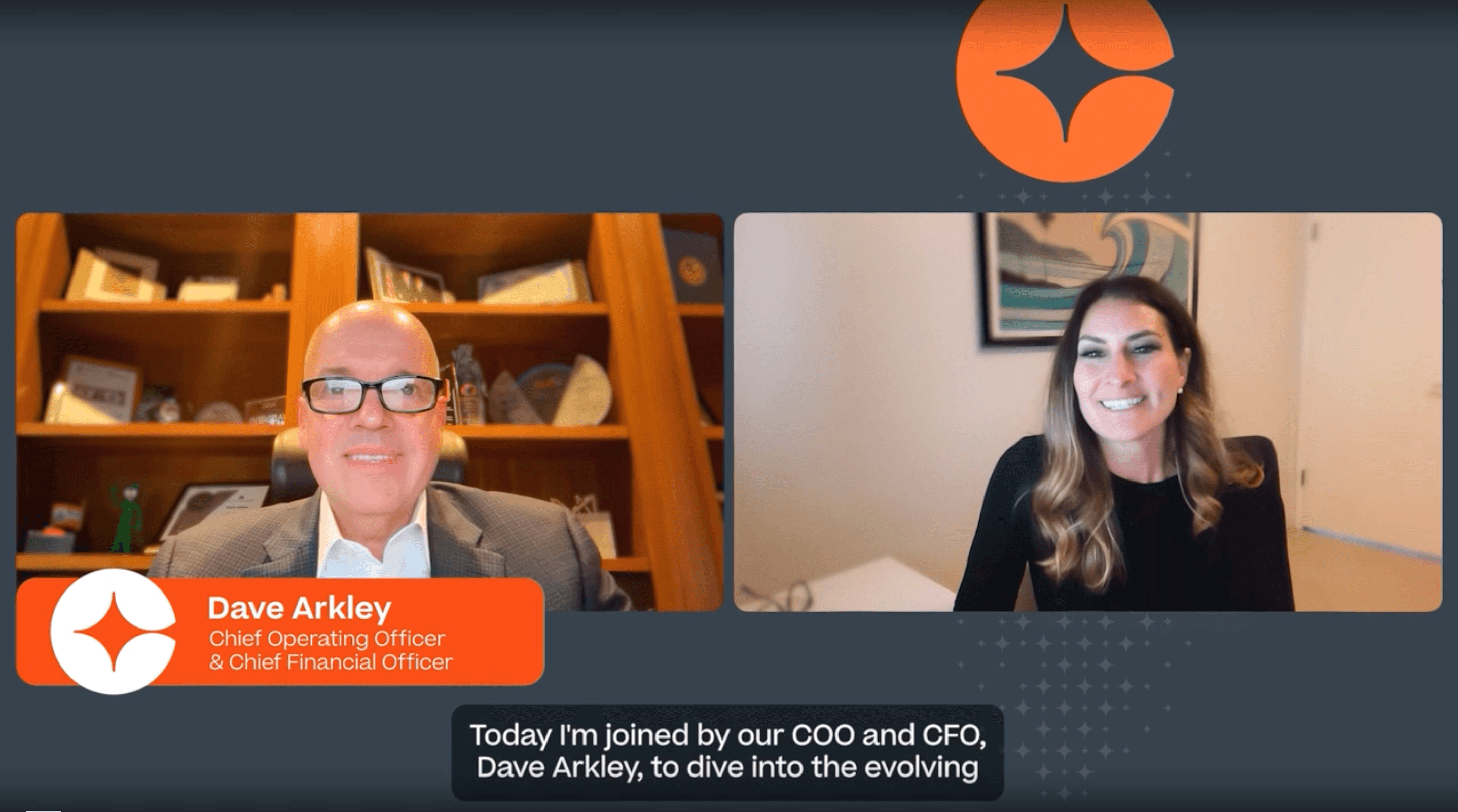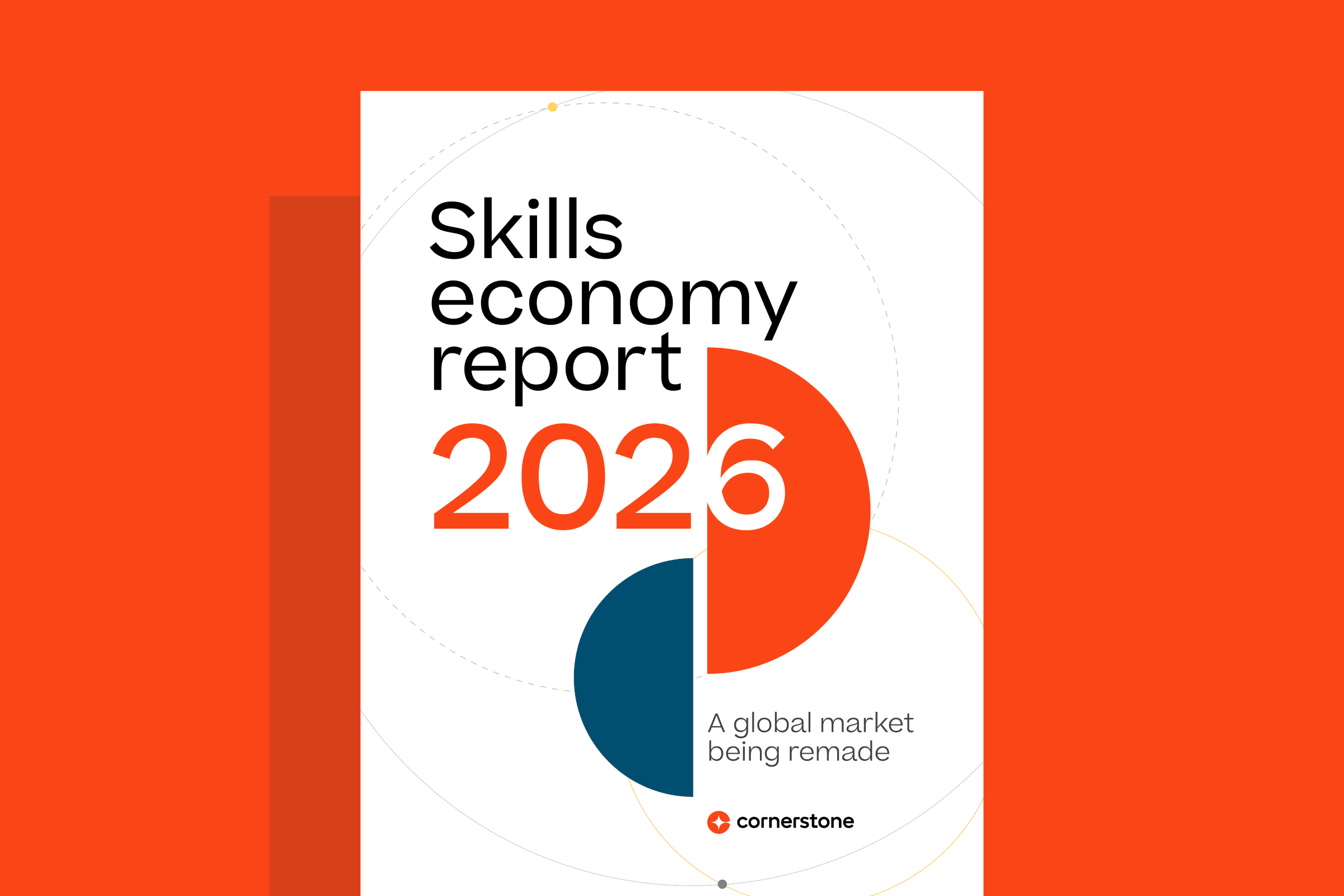Key Takeaways:
- Workforce Readiness Gap: The growing misalignment between required skills and employees' capacity to meet them with the pace of change poses a significant threat to organizations.
- Shift in Work Dynamics: Factors such as AI, demographic changes, and technology explosion are reshaping workforce productivity and necessitate proactive measures to upskill and reskill employees.
- Visibility and Innovation: Recognizing the critical need for understanding and addressing skills gaps is essential for organizations to navigate workforce readiness challenges and thrive amidst evolving work dynamics.
In the modern workplace, change is constant and relentless. Amidst this complex landscape, a stark reality looms large — the widening workforce readiness gap. This divide threatens the very foundation of our organizations, creating a growing imbalance between the skills demanded by the future and our capacity to meet them.

A perfect storm
The workforce readiness gap is a palpable and pressing challenge at the heart of our collective ability to thrive in an era of disruption. Failure to confront this reality head-on carries undesirable outcomes — diminished competitiveness, eroded market relevance and teams ill-equipped to navigate the complexities of tomorrow. So, what trends are causing this turbulence?
Changes to the way we work
The rise of AI, automation and new work paradigms like gig, remote and hybrid arrangements are reshaping how we drive workforce productivity. According to McKinsey, automation could replace a staggering 800 million jobs globally by 2030.
Demographic shifts
The juxtaposition of younger generations, characterized by lofty expectations around professional development, with an aging workforce on the cusp of retirement paints a stark picture of an impending talent gap. For the first time in history, five distinct generations coexist within the workplace — Traditionalists, Baby Boomers, Gen X, Gen Z and Millennials — each with unique values, preferences, and expectations.

Explosion of technology and data
Organizations today face the intimidating task of leveraging technology and data to enhance workforce readiness. However, the proliferation of fragmented data and incompatible technological systems exacerbates this challenge, depriving leaders of the visibility necessary to maximize their workforce's skills. Sapient Insights finds that the average organization uses more than 16 HR tools. Often, these systems are disconnectedwith trapped data, highlighting the need for integrated solutions providing full workforce capabilities.
These factors create a workforce readiness gap where the ability of employees to adapt to change is out of sync with the pace of change, manifesting in three significant setbacks:
1) Skills: Keeping up with the pace of progress
The foremost challenge in addressing the workforce readiness gap is the rapid evolution of required skills. The skills demanded in today's workforce are transforming quickly, leaving individuals and organizations struggling to keep up.
According to the World Economic Forum (WEF), by 2028, a staggering 44 percent of worker skills will face disruption. This rapid shift necessitates proactive measures to upskill and reskill employees to ensure they remain agile.
2) Expectations: Meeting the growing appetite for development
Simultaneously, the expectations of individuals regarding skill development are skyrocketing, fueled by the dynamism of the digital age. However, a significant gap exists between employees' expectations and what organizations can deliver.
Studies reveal that only 59% of employees feel confident in their organization's ability to develop skills, compared to 88% of employers. This 29-point expectation gap underscores the pressing need for organizations to realign their development strategies with the evolving aspirations of their workforce.
3) Visibility: Illuminating the path forward
Visibility emerges as a critical factor in navigating the complexities of the workforce readiness gap. From the C-Suite to front-line managers, leaders often lack the necessary insights into workforce data to steer their organizations effectively through change.
Shockingly, less than one in four leaders can identify the skills their teams will need in the future, as PwC revealed. Without a clear understanding of existing talents and future needs, organizations risk stumbling mindlessly through the skill acquisition and development maze.
Heeding the warnings
Underperformance, unrealized revenue and barriers to transformation threaten to sweep away organizations that fail to confront the gap between the skills demanded by the future and their ability to meet them.
Consider this: Over half of HR leaders acknowledge that skills shortages undermine corporate performance. By 2030, over 85 million jobs could remain unfilled, costing a staggering $8.5 trillion in unrealized revenue. Meanwhile, in the next five years, skills gaps and the ability to attract talent are projected to constitute the most significant barrier to industry transformation.
Yet, amidst these challenges lies opportunity. By recognizing the seismic shifts in the way we work, understanding the diverse expectations driving workforce development and embracing technology to forge the way forward, organizations will learn to become more agile and resilient. Workforce agility stands out as a beacon of hope, guiding organizations and their people forward. It endures even the most demanding challenges, ensuring that progress persists without interruption.
As we navigate the complexities ahead, remember that the true measure of success lies not in our challenges but in our ability to innovate and excel in the face of adversity. Change-agile companies instill confidence in their teams, reminding them that no matter how daunting the journey may seem, they possess the skills, the ingenuity and the adaptability to overcome any obstacle.
Together, let's chart a course toward a future where organizations can survive and thrive through the changing tides. We are now solving this together. Stay tuned for what we are about to unveil.


